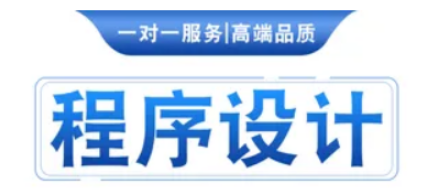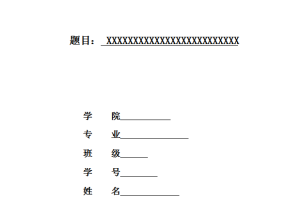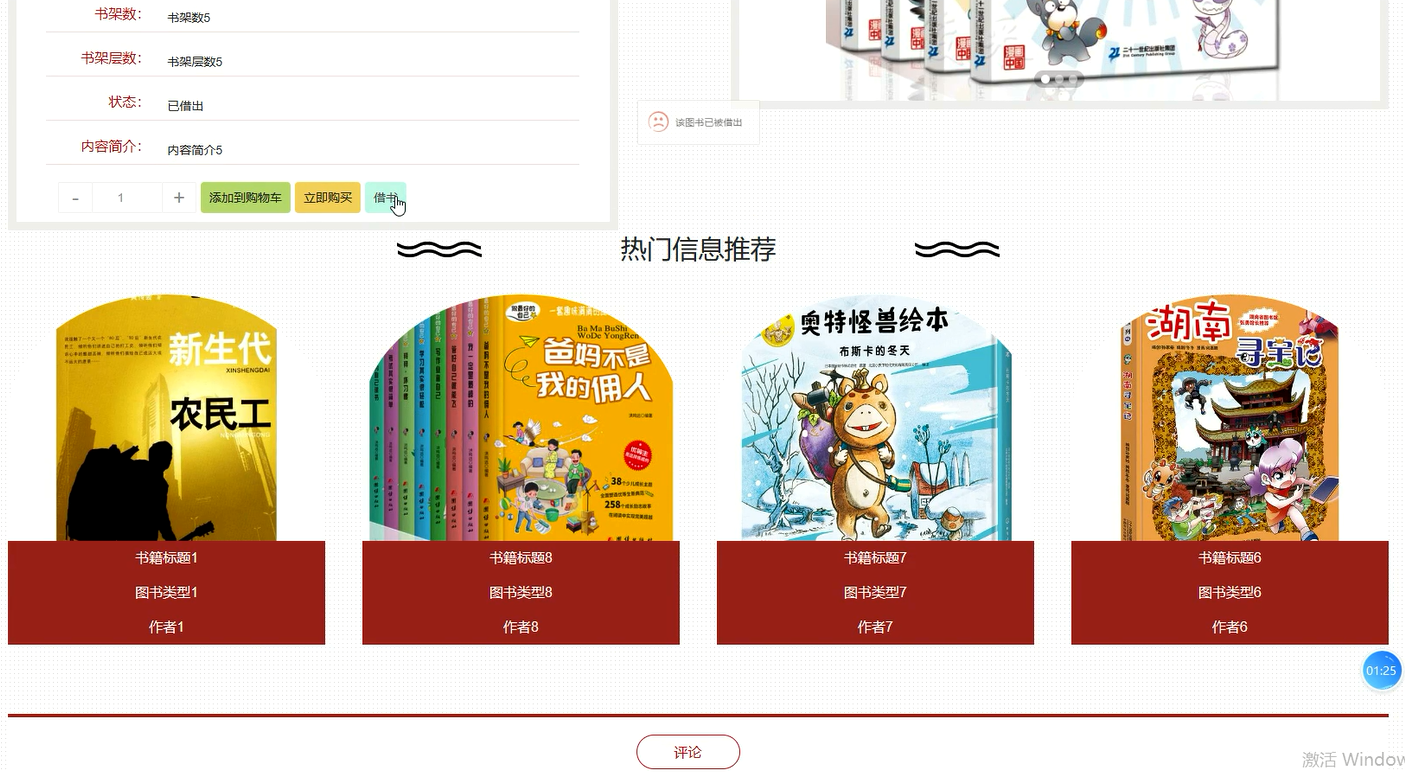基于系统动力学的生猪供应链价格传导机制研究
猪肉一直是我国居民最主要的肉制品来源,中国的生猪产业向上可追溯到六千多年前。2014年,全国人均肉类消费量达到25.6千克,其中,猪肉消费量高达20千克。此外,猪肉在CPI中占比3.03%,由此可见,生猪产业在我国生产生活中占有举足轻重的地位,生猪市场的健康发展不仅影响人民的生活质量,还影响到国民经济的良性发展等问题。鉴于生猪产业发展的重要战略地位,对生猪价格波动课题的研究是十分有意义的。本文是基于系统动力学理论,研究生猪供应链价格传导机理,并据此为政府稳定生猪市场价格、保障国民利益建言献策。
本文首先是在研究文献的基础上,通过供、求两个角度进行研究,对生猪价格波动产生影响的因素进行归纳总结,然后基于系统动力学理论,绘制生猪供应链价格波动的因果关系回路图,最后利用Vensim PLE仿真软件构建生猪供应链价格传导机制系统,并进行模拟仿真来分析研究生猪供应链价格传导的动态行为机理,通过改变供应链某一环节要素状态,研究其产生的动态影响及反馈效应。仿真输出结果表明:生猪价格波动受到多方面因素影响,包括疫情、饲养成本、替代品价格等因素,具体表现如疫情发生时,母猪存栏量被大量削减,随之市场供不应求而引发生猪市场价格上升,而生猪市场价格的上升会引起养殖户大量补进仔猪存栏量,由于存在生产时滞,故该批生猪补栏量需经过一定时滞才能进入市场,随之市场供给量大于需求量,进而导致生猪价格下跌,从而引发生猪价格呈现周期性波动;生猪供应链价格传导系统存在反馈与负反馈作用;政府适时适度的利好政策将有助于稳定生猪市场。本文旨在通过研究,提出为稳定生猪市场价格的政策建议,供有关生产者、企业及政府部门决策参考。
关键词:生猪,供应链,价格,系统动力学
Research on price transmission mechanism of hog supply chain based on system dynamics
China is the largest hog producer and consumer country in the world, which has a long history of hog farming. As the main source of meat for residents, pork accounts for 3.03% of CPI. Moreover, the hog industry is the advantage of Chinese agriculture industry and plays an important role in the rural economy. Therefore, the fluctuations of hog prices not only directly affect the living standards of ordinary people but also affect the healthy and rapid development of our economic and society. Due to the great significance of the hog industry, it’s necessary to do some research on the hog price transmission mechanism. Based on the theory of system dynamics, this study investigates the hog price transmission mechanism. The study may be useful for offering scientific references of holding hog price correctly and standardizing the hog market.
First of all, based on the qualitatively analysis of literature, the influential factors of hog price are analyzed from the aspects of demand and supply of hog. Then, the causal loop diagram of the hog supply chain of price transmission mechanism is drawn. Finally, a systematic dynamic model is established to analyze the behavior of the supply chain by changing some certain aspects of the supply chain elements. The simulation results show that the hog price may be affected by many factors, including epidemic, feeding costs, the price of substitute. When the disease outbreaks, the pig breeding stock drops sharply, which resulting in short supply and the increase of hog price. Because of time-up effect, the piglet breeding stock increases, but delays the entrance to the market. Then supply chain exceeds demand and the hog price decreases. Timely and appropriate policies issued by government are good for stabilizing the hog market. The ultimate goal of the study is to promote the healthy and harmony development of hog market.
Key words: hog, supply chain, price, system dynamics.
目 录





